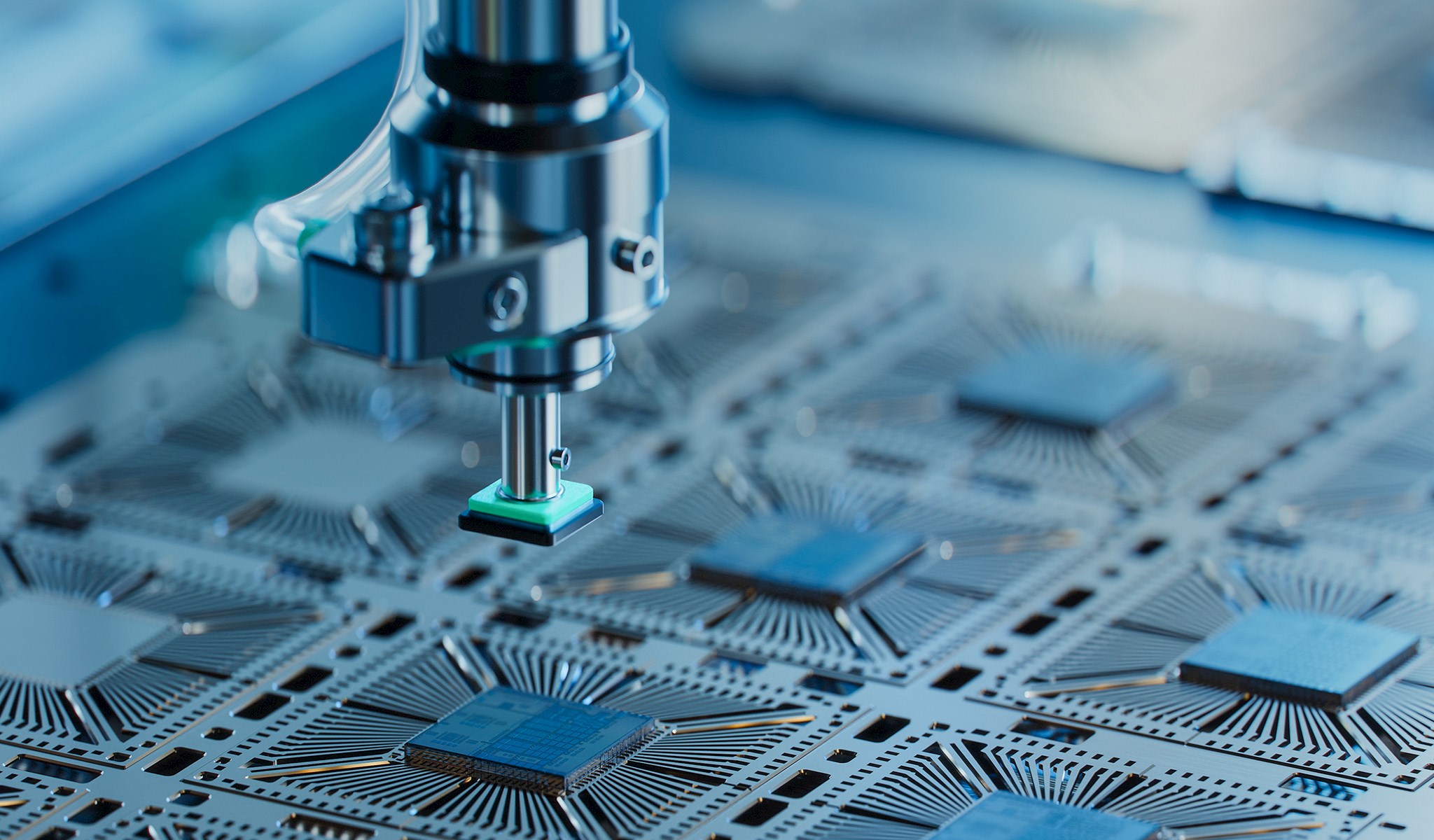In highly technical arenas like materials science and electrochemistry, it is difficult to differentiate great science from great technology, especially for those outside the field who are looking to attach their name to something that changes the world. Scientists often revel in the discovery and fail to acknowledge the challenges in achieving scale, and investors get mystified by the science and fantasize about the societal and economic impact the technology can achieve, and wrongly assume their funding is the last missing piece to the story. This dynamic has us chasing the next revolution and places little fame in the incremental evolution. In that pursuit, lithium-ion (Li) metal and solid state receive the lion’s share of funding and investor attention to deliver the next battery revolution. We have learned not to trust a revolution and offer a contrary thesis: silicon will deliver the evolution that the battery industry actually needs.
In his report titled Silicon Anodes Are the Next Battery Evolution: The Battle of Silicon vs. Li Metal, William Blair energy and sustainability analyst Jed Dorsheimer and his team argue that high-content silicon will enter the market in earnest in 2025, and when Li-metal companies scale closer to the end of the decade, the cost and performance gap will have narrowed, resulting in stronger-than-expected competitive pressure.
Portability of Energy Defines Its Value
We argue that modern society and globalism are enabled by the ability to transfer energy from sources of abundance to areas of scarcity. The discovery of hydrocarbons made this possible—coal, then oil, and now even natural gas are portable, making economies viable in energy-scarce parts of the world. While these fuels are very energy dense, combustion is only 30% thermodynamically efficient, and the majority of the energy is lost to heat and friction. Electricity, on the other hand, offers enormous improvement in thermodynamic efficiency (about 95%), but lacks the portability of hydrocarbons. As the energy density of lithium-ion batteries (LIBs) increases, the portability and storage of electricity will as well, and it is our hypothesis that market opportunities will scale similarly to what we experienced with oil. We believe the next step-change in LIBs will come from the anode.
Don’t Trust a Revolution
Since the first LIBs were commercialized by Sony in the 1990s, energy density has significantly improved from 75 watt-hours per kilogram (Wh/kg) to nearly 275 Wh/kg, but over this 30-year time frame, the CAGR is about 4%. We classify this progress as evolutionary, not revolutionary, but evolution is exactly how hard tech develops. We have become accustomed to logarithmic trends such as Moore’s law and networking effects that seem to achieve paradigm shifting innovations every two years. However, hard technologies like materials science and electrochemistry are different beasts, and progress is achieved incrementally, one small research advancement at a time. We advise investors to be wary of the recurring “revolutionary battery technology” media that have given the industry a reputation for being full of promises and short on deliveries.
Anode’s Time in the Limelight
The cathode has been the limiting factor in battery performance, thus, it has received all the research attention. However, current cathode materials like NMC, NCA, and LFP are getting closer to performance plateaus, and the attention is now shifting elsewhere to continue the climb. The graphite anode has been the silent workhorse and has seen little development, comparatively, but that is about to change.
Silicon Versus Li-metal and Solid-State
Lithium-metal (Li-metal) and solid-state architectures are of the highest order of materials science challenges. Controlling Li-metal cycling, scaling thin Li-metal foil, and scaling solid electrolyte materials are a few of the major barriers companies are working to overcome. These designs require new materials to be developed, and the challenges of scaling up new material supply chains and new manufacturing equipment are time and capital intensive. Silicon is already used in current anode production in small amounts, and advances in materials science have made high-content silicon blends a drop-in replacement for graphite that can achieve the same performance of Li-metal. The drop-in feature of silicon is significant; we expect cell manufacturers will continue to build development inertia that will make the comparison against Li-metal and solid-state designs more difficult each passing year. When Li-metal is commercialized toward the end of the decade, we believe competing with silicon on cost and performance will be difficult, and the market opportunity will be more niche than promised.
The Silicon Evolution
The battery industry has been in search of a revolution, and Li-metal anodes and solid-state designs have received the lion’s share of development, funding, and investor attention to deliver that revolution. This white paper offers our contrary thesis: we believe the focus has been misplaced, and silicon will deliver the evolution that the battery industry actually needs.
To request a copy of the full-length Silicon Anodes Are the Next Battery Evolution: The Battle of Silicon vs. Li Metal report, or for more information on the companies from Jed’s coverage list, please contact us or your William Blair representative.



